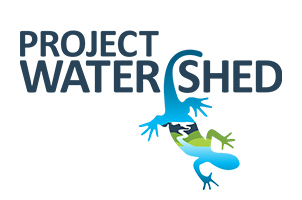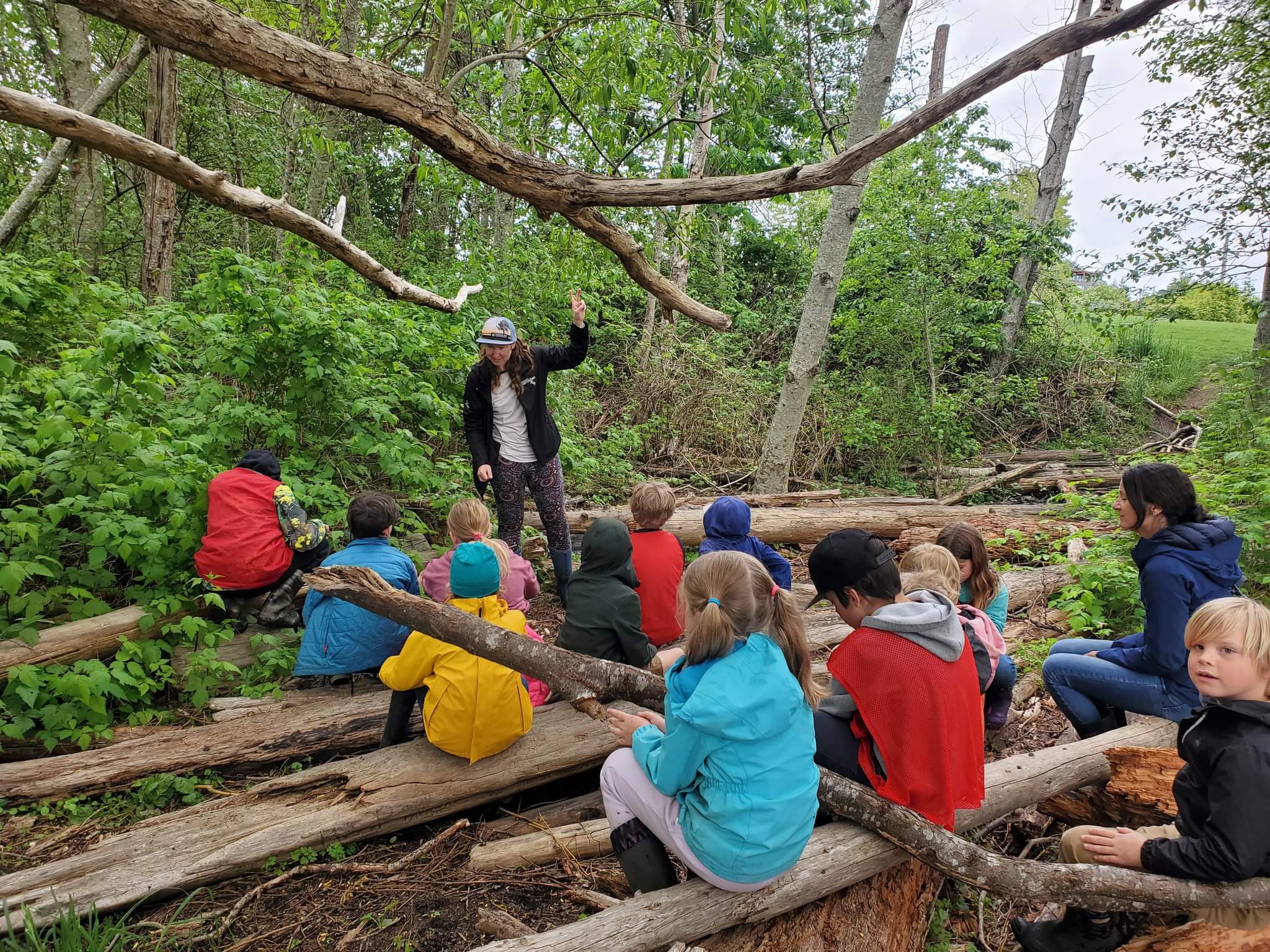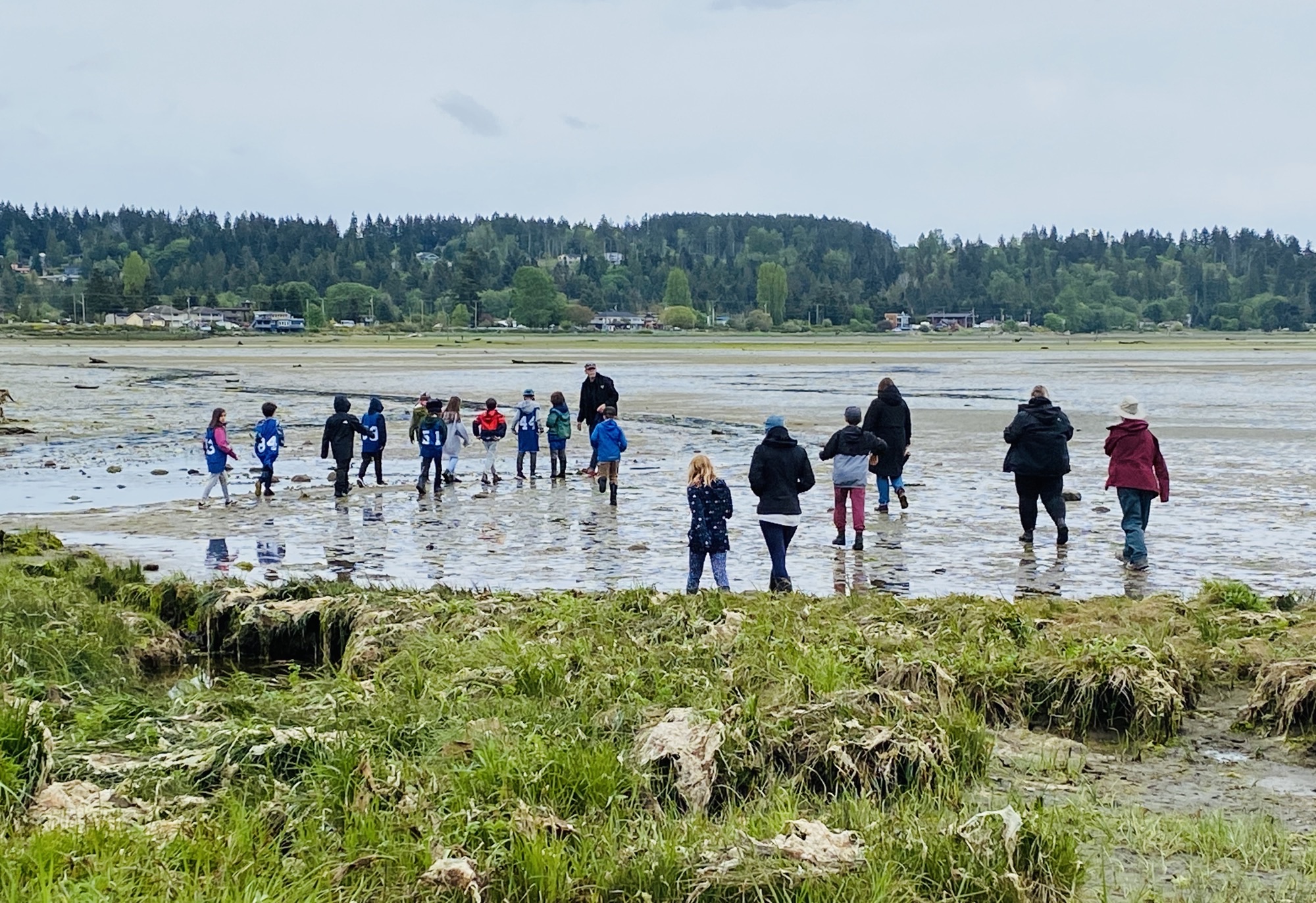Spring Education Program and Field Trips
Project Watershed’s “Students Keeping It Living in the Comox Valley” education and engagement program has been met with a huge amount of interest this year as over 50 classes were eager to participate. With funds from TD Friends of the Environment, Peninsula COOP, BC Gaming and Habitat Conservation Trust Fund, we hope to be able to offer our program to 30 of these classes (over 600 students) this spring.
To pull this off we are relying on volunteers to assist us with the field trip portion of the program. To find out more about the dates and activities of the field trips, please visit Field Trip Assistants – Project Watershed. The other classes will be put on a waitlist for next season pending funding.
Students Keeping It Living in the Comox Valley is a program which is carried out in three phases to deepen the learning and maximize impact. The first phase occurs in the classroom; Project Watershed educational materials are supplied to teachers and an interactive PowerPoint presentation is provided by Project Watershed staff. The second phase occurs in the field; students will go on a field trip to the Courtenay Airpark, Kus-kus-sum or Goose Spit where they will participate in three to six hands-on learning and stewardship activities. These activities could include garbage pickup, a nature walk, planting/maintaining native species, a salmon versus seals game, invasive species removal and more. The classes going on a field trip are separated into smaller groups and rotated through the activities. Community volunteers are needed to help run these activities. Training, how-to video clips and instructions are provided to the volunteers. The third phase of the school program, which occurs back in the classroom, focuses on reflection as students create art/literature inspired by their learning.
This spring we are lined up to work with a range of students from kindergarten to Grade 9 from Airport Elementary, Arden Elementary, Highland Secondary, Lake Trail, Mark Isfeld Secondary, North Island Distance Education, Queneesh Elementary and Valleyview Elementary. The program is tailored to the grade level and topics of each class and connects to local environmental projects as appropriate. For instance, one of the classes we are working with is a Marine Biology Class from Highland Secondary, they will be involved in sampling beach sediment and looking for eggs under a microscope as part of our forage fish citizen science program.
In addition to this program, Project Watershed has created a hub of environmental education materials ranging from colouring pages to videos and classroom lessons which are freely available at Grades K to 12 Educational Resources – Project Watershed.
Related Posts
Mallard Creek Restoration Update for 2024
Restoration work in Mallard Creek will continue this year, including invasive removal, restoring connectivity, and trial planting of a new riparian species. Volunteer events starting in September 2024.
Volunteer at Kus-kus-sum Chamber of Commerce Event
We are showing Kus-kus-sum off to businesses in the Valley through a Chamber Business to Business event. We are looking for a few volunteers to assist with this event.
Coastal Plant Monitoring
Get involved with our new vegetation community science monitoring program!
Spring Field Trips
Throughout May and June Project Watershed will be taking elementary school classes out on field trips to learn about estuary and coastal ecology and to assist with planting and plant maintenance.
Working Together to Identify Forage Fish Spawning Beaches
This year marks the 5th year of a partnership between Comox Valley Project Watershed Society and North Island College on a long-term study to examine intertidal spawning habitats of forage fish in the northern Salish Sea.
Glen Urquhart Update – Spring 2024
Latest news from Glen Urquhart restoration progress for spring 2024.



